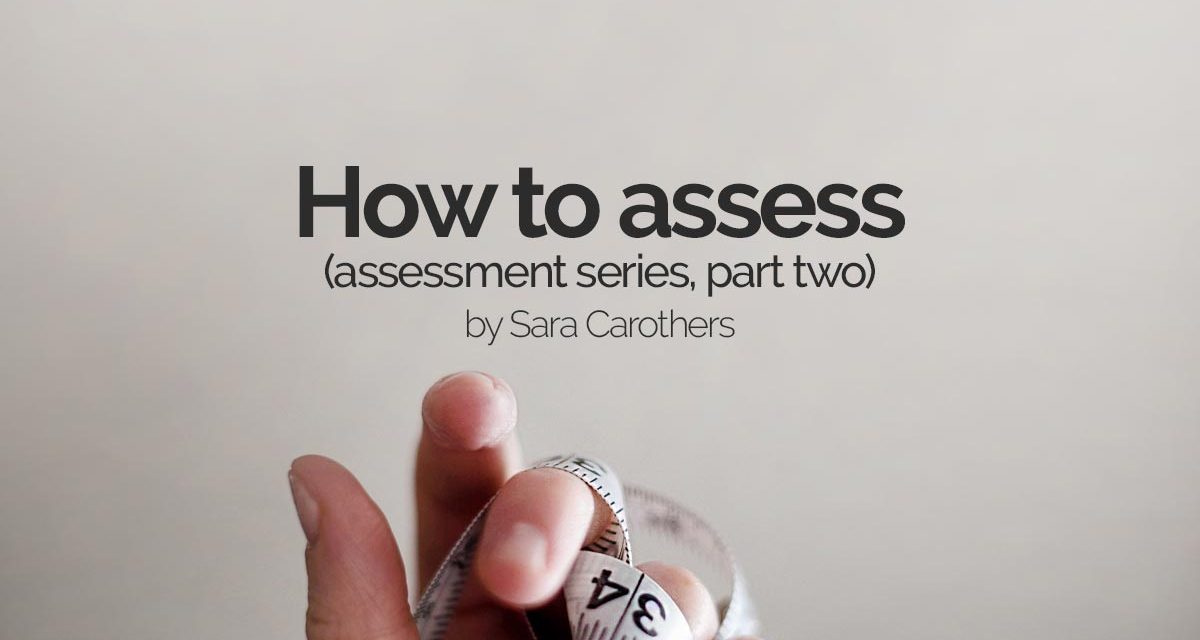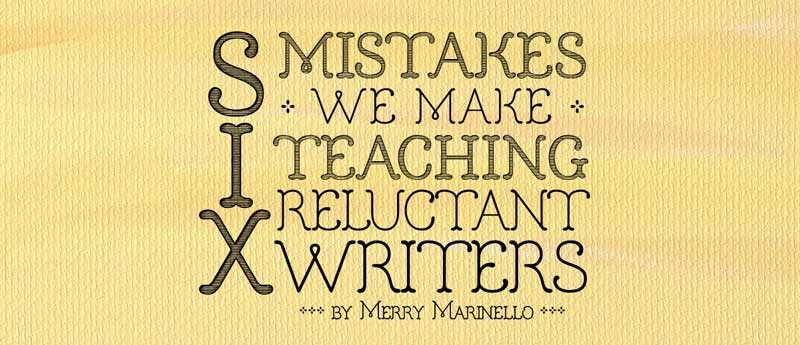Yes, I was a classroom teacher. No, I never ever used a pre-fab test. Why not? They weren’t good enough. I found they barely scratched the surface of what we were studying, and they never covered the cool stuff we added on the fly! The questions were just too…simple. I wanted more thoughtful questions that required more thinking to answer. My goal for each student was retention.
Now, I can certainly see why a person uses the tests and quizzes that come with a particular curriculum. But look at them first to see if you are happy with the questions as far as how they are worded, and what sort of response is required by your child. Can your child guess at the answer and get it right? Or do they have to demonstrate a deeper understanding of the content? I am a big fan of questions that require a sentence or 2 (or 3) to answer. The student has to compose an answer that leaves some room for subjectivity, but still contains facts from the lesson. Bluffing cannot be done as easily in 2-3 sentences as can be done in multiple choice or even in a longer essay. The language must be more precise. I don’t like trick questions either. You want to be clear. Objective questions (those with a right or wrong answer) have value if they are well written. When writing a multiple choice question, I would make 2 of the answers contenders and 2 of them quite false. If they choose one of the very wrong answers, I knew they had not paid attention or read the material. When writing a true/false question, be sure not to trick yourself – it easy to do. And, if you are testing vocabulary and using a word bank (a list of possible answers) always have more words than you have blanks. I do the same thing with matching questions; always have more possible answers than needed. You don’t want a good guesser to get the same score as a well-prepared student.
One of the best tools for traditional assessment, in my opinion, is a rubric. It looks like a chart with topics down the left side, point values across the top and specific criteria in each box. I like to keep the point values between 4 and 0. It is a great tool for those subjective assessments like essays, presentations or projects. I used the website rubistar.4teachers.org which helps you customize and print a rubric for free. For example, one of the topics for grading a short essay might be “spelling”. The box for 4 points could read “perfect spelling, no errors”, the 3 point box might have “1-3 errors”, 2 points may have “4-5 errors”, 1 point would read “6-7 errors” and the 0 point box would say something like “8 or more spelling errors.” A rubric is not just for you to grade a paper/project. Give these to your student at the time a project is assigned. It is a very concrete way to relay expectations. Students can use the rubric as a checklist during the project, and you can then use it to evaluate their product. And, it gives you a number to record! Once you get the hang of writing them, you will love them as an evaluating tool. Be very clear with your language. You have to really think about how valuable each separate topic is to you.
An assessment course I took for my M.A. in curriculum suggested writing the exam prior to developing the material taught. Write an exam before teaching the lesson–say what?! Because I tend to add things and freestyle when teaching, it was definitely better for me to write an exam toward the end of a lesson, but the idea stuck with me. Mentally, I would make a checklist of what was important (and what wasn’t so pressing) in a particular lesson. Remember, assessments give you and your students a picture of how well they have retained the key concepts presented. As the homeschool parent, you can read the tests that come with the curriculum before teaching the material, make a checklist as you are teaching the main points you feel are most valuable while making sure you cover those topics thoroughly. You may even decide to edit those pre-fab exams!
Stay tuned for part 3 of the Assessments Series: Prepping for Standardized Tests!





